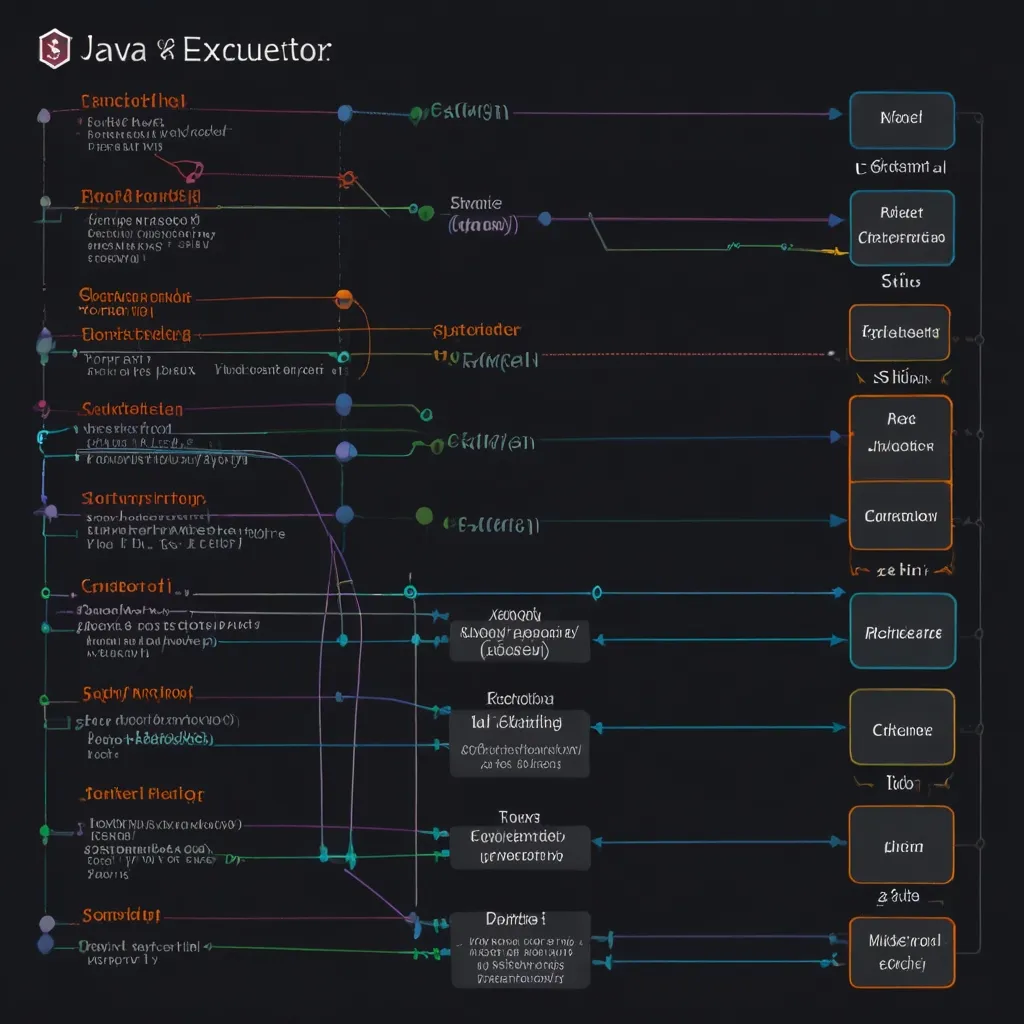Alright, let’s dive into the exciting world of deep learning model deployment! I’ve been tinkering with this stuff for a while now, and I’m pumped to share what I’ve learned about building a robust platform using Flask and Docker.
First things first, why do we even need a deployment platform? Well, imagine you’ve spent weeks (or months) training an awesome deep learning model that can predict stock prices or recognize cat breeds. That’s great, but it’s not much use if it’s just sitting on your local machine. You want to put it out there for the world to use, right?
That’s where Flask and Docker come in. Flask is a lightweight web framework that’s perfect for serving up your model as an API, while Docker lets you package everything up neatly so it can run consistently across different environments. It’s like wrapping your model in a cozy, portable container.
Let’s start with Flask. It’s super easy to get started with. Here’s a basic example of how you might serve up a deep learning model:
from flask import Flask, request, jsonify
import tensorflow as tf
app = Flask(__name__)
model = tf.keras.models.load_model('my_awesome_model.h5')
@app.route('/predict', methods=['POST'])
def predict():
data = request.json
prediction = model.predict(data['input'])
return jsonify({'prediction': prediction.tolist()})
if __name__ == '__main__':
app.run(host='0.0.0.0', port=5000)
This sets up a simple API endpoint that takes in some input data and returns a prediction. Pretty neat, huh?
But here’s where things can get tricky. Your model probably has a bunch of dependencies - specific versions of TensorFlow, NumPy, and who knows what else. This is where Docker saves the day.
With Docker, you can create a container that includes your Flask app, your model, and all the necessary dependencies. It’s like creating a mini-computer that’s pre-configured with everything your app needs to run.
Here’s what a basic Dockerfile might look like:
FROM python:3.8-slim-buster
WORKDIR /app
COPY requirements.txt .
RUN pip install --no-cache-dir -r requirements.txt
COPY . .
CMD ["python", "app.py"]
This Dockerfile starts with a base Python image, installs your dependencies, copies your app code into the container, and specifies how to run your app.
Now, you might be thinking, “That’s all well and good, but what about scaling? What if my model becomes super popular and I need to handle tons of requests?” Great question! This is where things get really interesting.
You could use something like Kubernetes to manage multiple Docker containers, automatically scaling up or down based on demand. Or you could look into serverless options like AWS Lambda or Google Cloud Functions, which can handle the scaling for you.
But let’s not get ahead of ourselves. Before you start worrying about handling millions of requests, let’s focus on making your deployment rock-solid.
One key aspect is error handling. You don’t want your app to crash if someone sends in bad data. Here’s how you might beef up your Flask app with some basic error handling:
@app.route('/predict', methods=['POST'])
def predict():
try:
data = request.json
if 'input' not in data:
raise ValueError("Missing 'input' in request data")
prediction = model.predict(data['input'])
return jsonify({'prediction': prediction.tolist()})
except Exception as e:
return jsonify({'error': str(e)}), 400
Another important consideration is logging. You want to know what’s happening with your app, right? Flask integrates nicely with Python’s logging module:
import logging
from flask import Flask, request, jsonify
app = Flask(__name__)
logging.basicConfig(level=logging.INFO)
@app.route('/predict', methods=['POST'])
def predict():
app.logger.info(f"Received prediction request: {request.json}")
# ... rest of the function ...
This will log every prediction request, which can be super helpful for debugging and monitoring usage.
Now, let’s talk about security. If you’re deploying a model that’s processing potentially sensitive data, you need to think about things like authentication and encryption. You could use Flask-JWT for token-based authentication:
from flask_jwt import JWT, jwt_required, current_identity
# ... setup JWT ...
@app.route('/predict', methods=['POST'])
@jwt_required()
def predict():
# ... prediction code ...
This ensures that only authenticated users can access your prediction endpoint.
As your deployment platform grows, you might want to add more features. How about a dashboard to monitor your model’s performance? Or an A/B testing system to compare different versions of your model? The possibilities are endless!
One cool thing I’ve done in the past is set up a feedback loop. After each prediction, I asked users if the prediction was accurate. This data went into a database, and I used it to continually refine and retrain my model. It was amazing to watch the model improve over time!
Remember, deploying a deep learning model isn’t just about getting it online. It’s about creating a robust, scalable, and secure platform that can handle real-world use cases. It’s about bridging the gap between your cutting-edge AI and the people who can benefit from it.
So go forth and deploy! Start small, learn from your mistakes, and keep iterating. Before you know it, you’ll have a kick-ass deployment platform that can handle anything you throw at it. And trust me, there’s nothing quite like the feeling of seeing your model out there in the wild, doing its thing. It’s like watching your baby bird leave the nest… if that baby bird could predict stock prices or recognize cat breeds.
Happy deploying, folks! And remember, in the world of deep learning deployment, the journey is just as exciting as the destination. So enjoy the ride!






